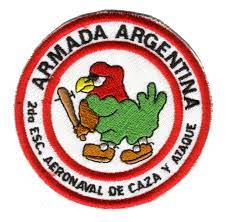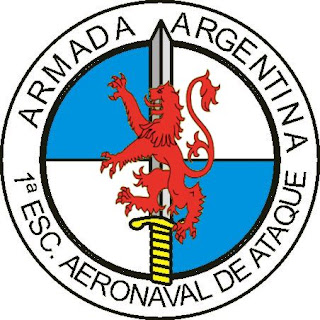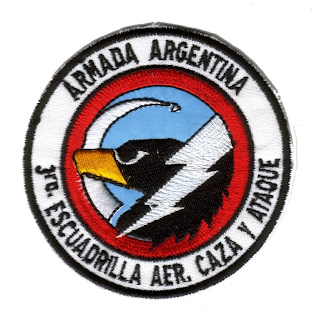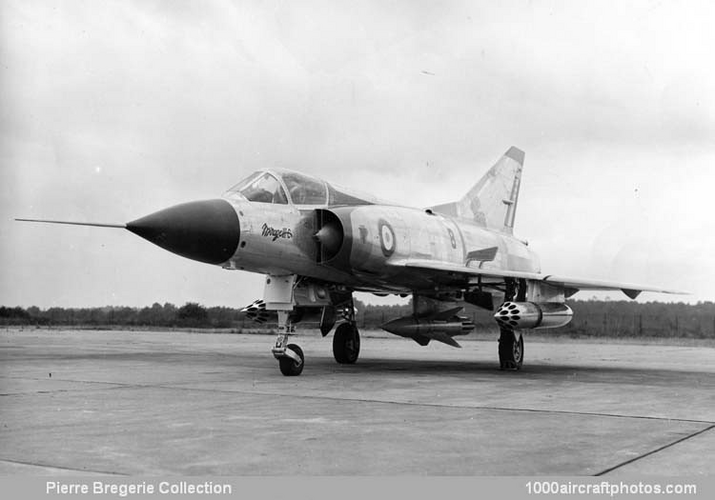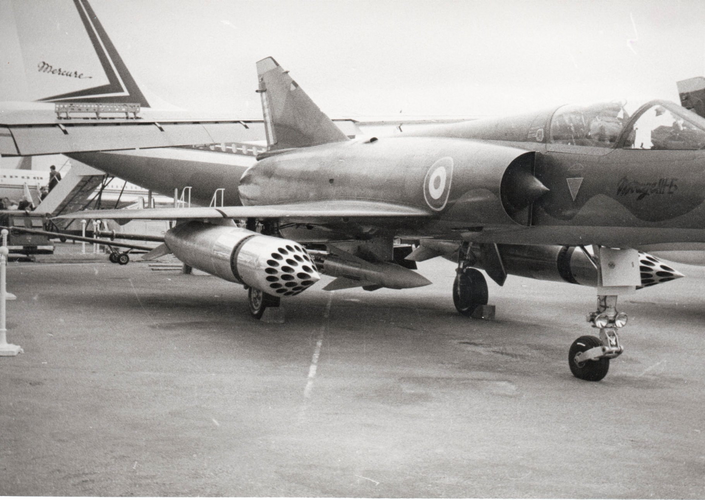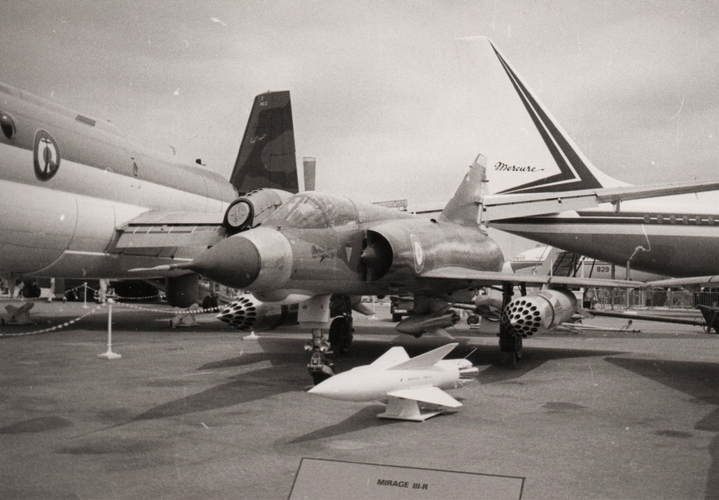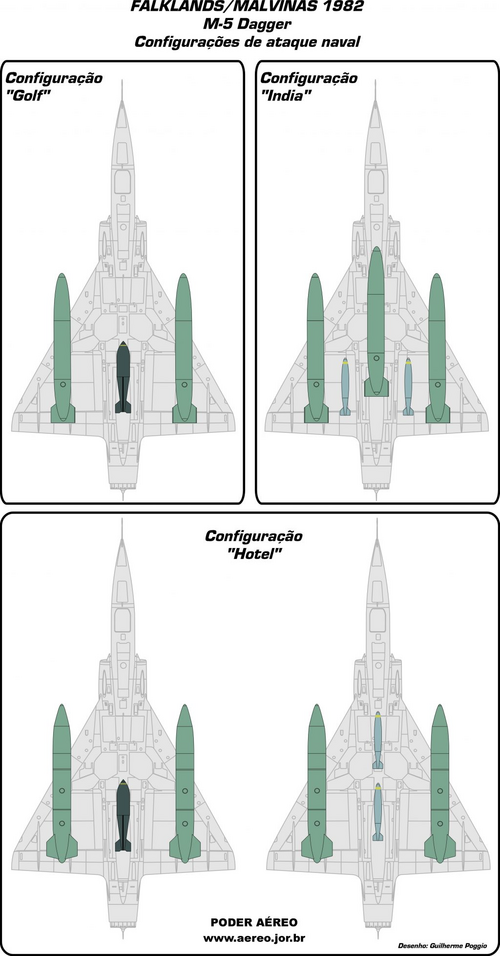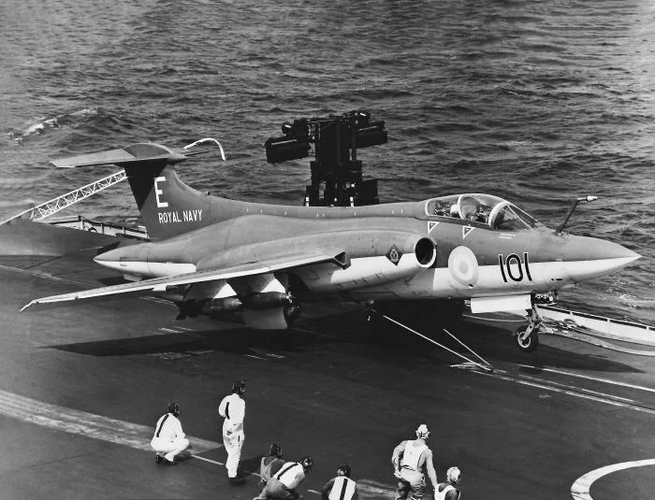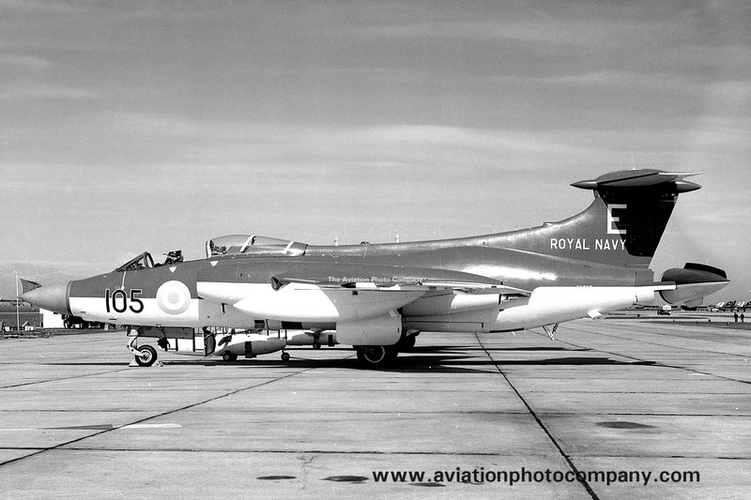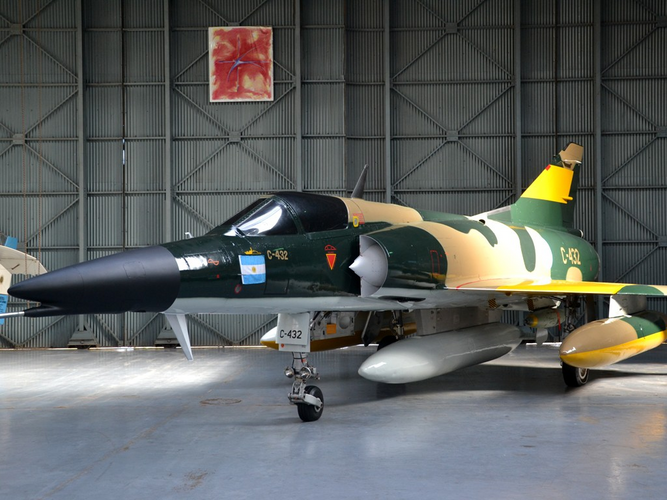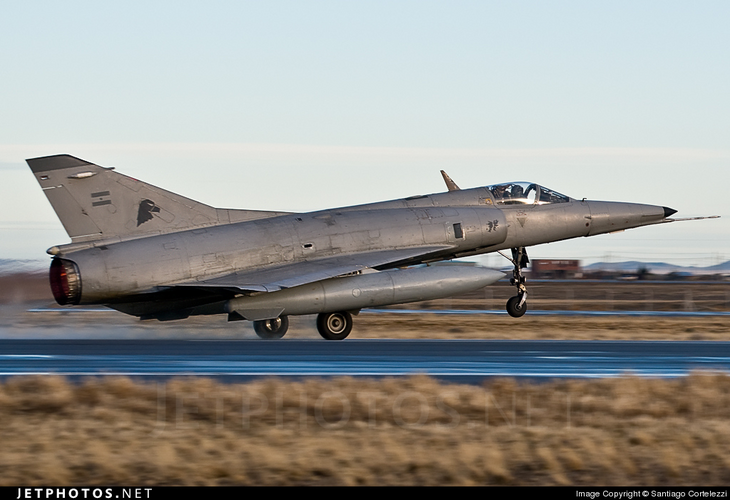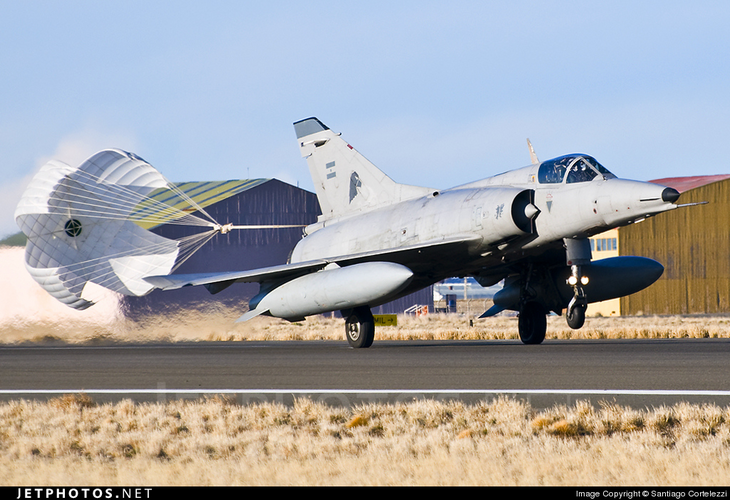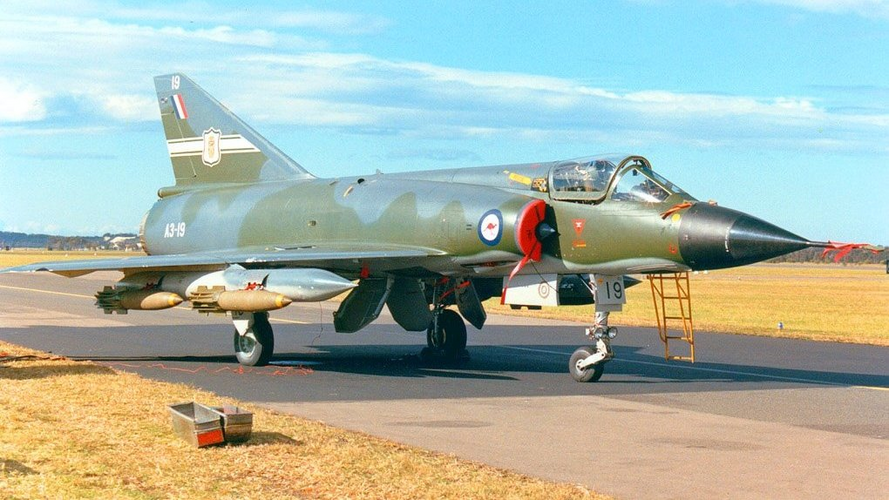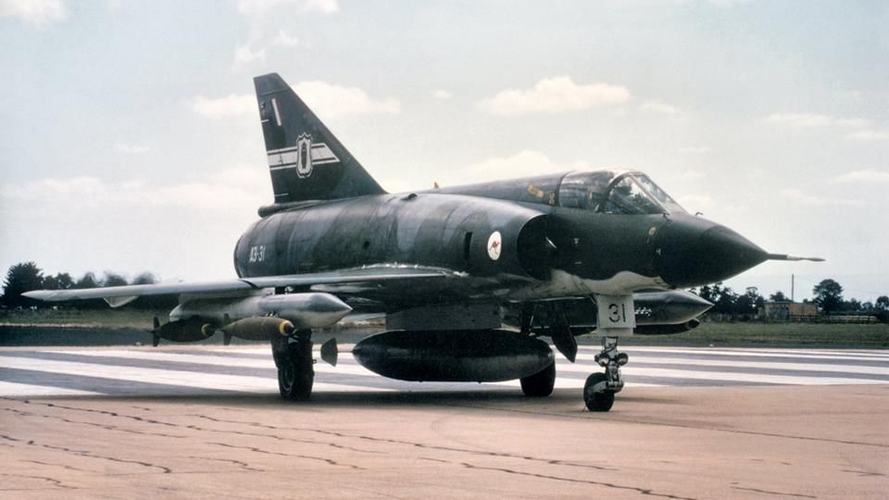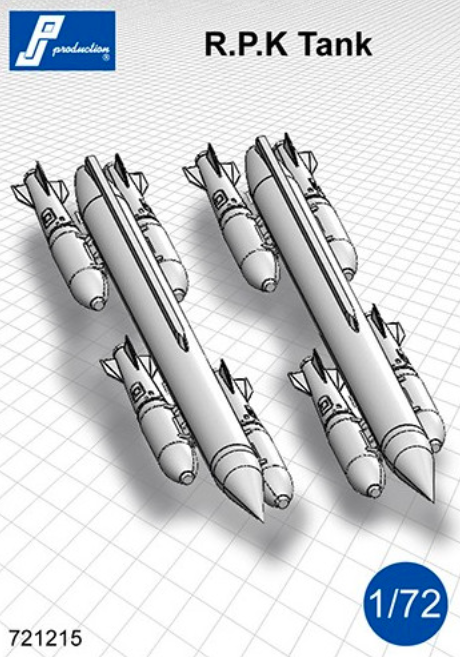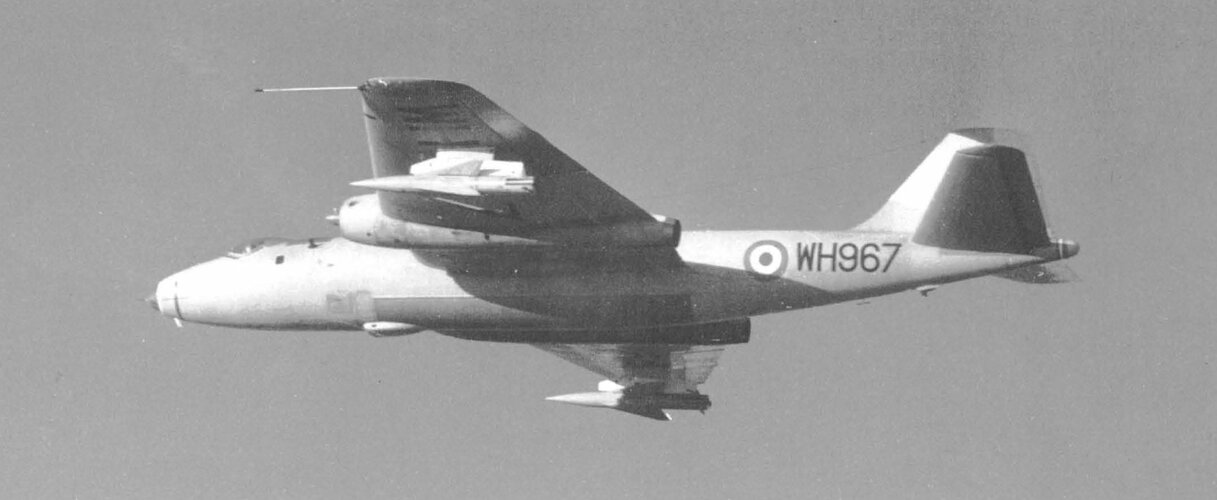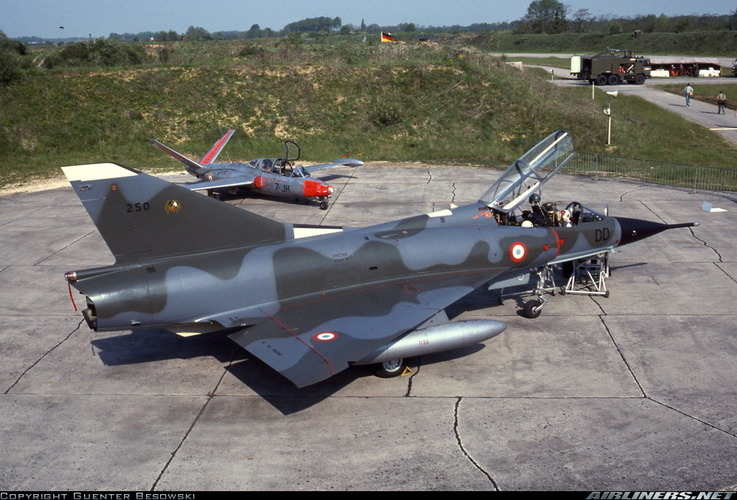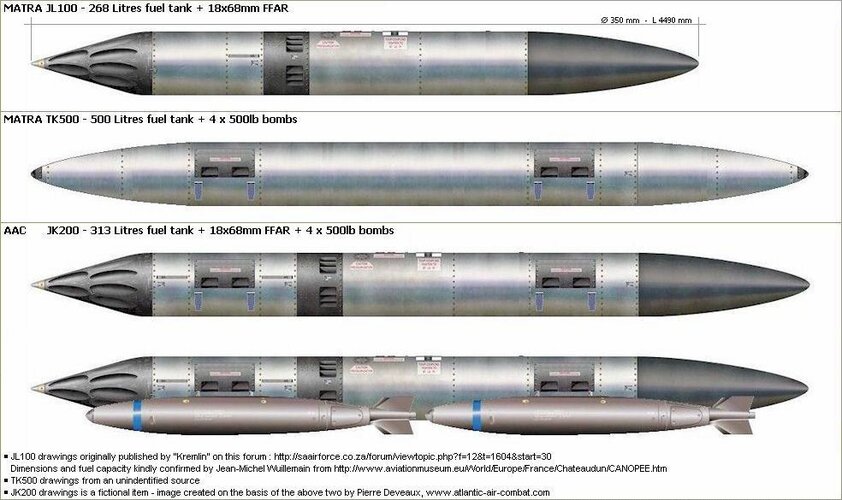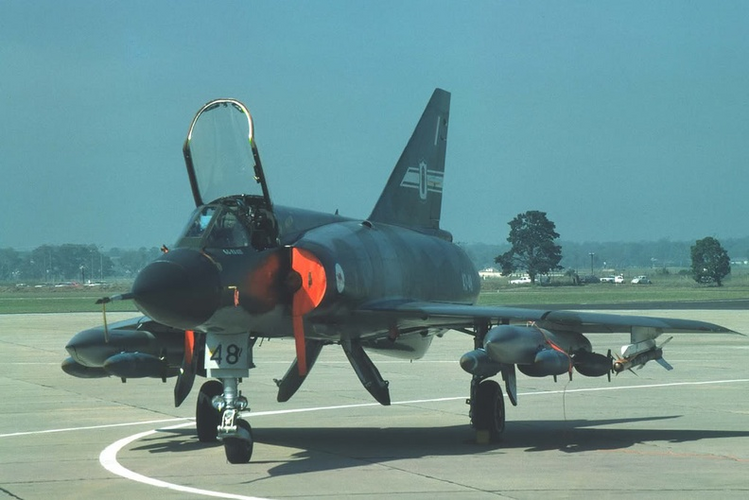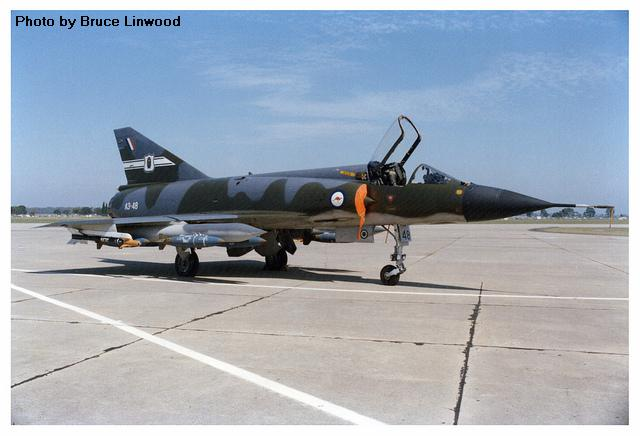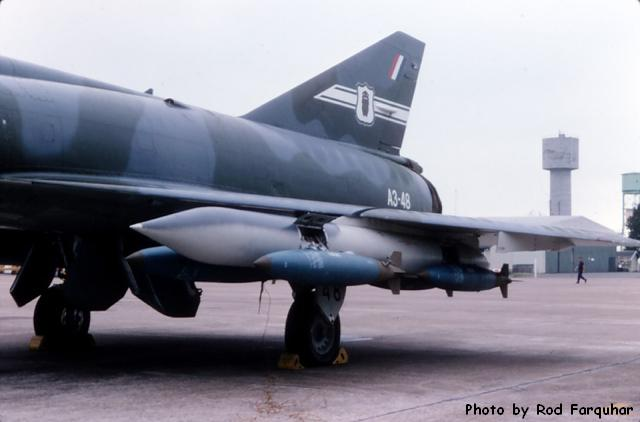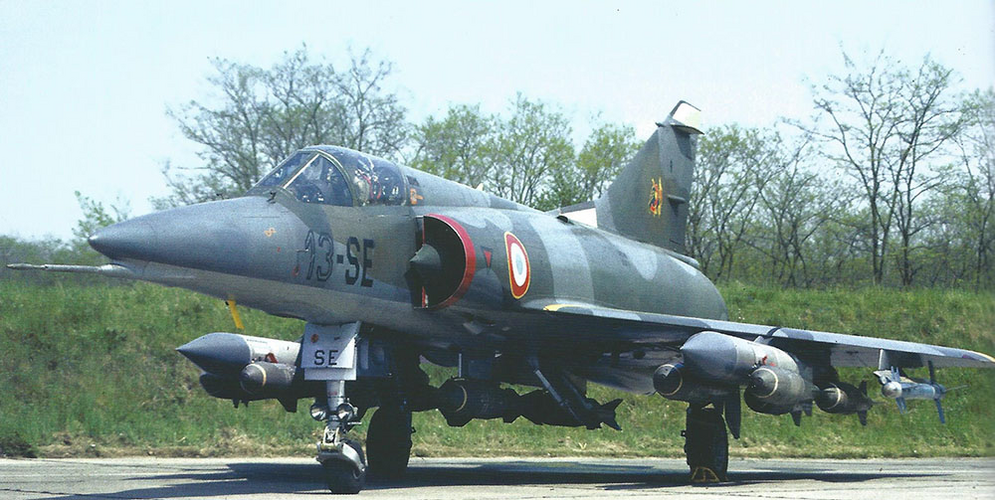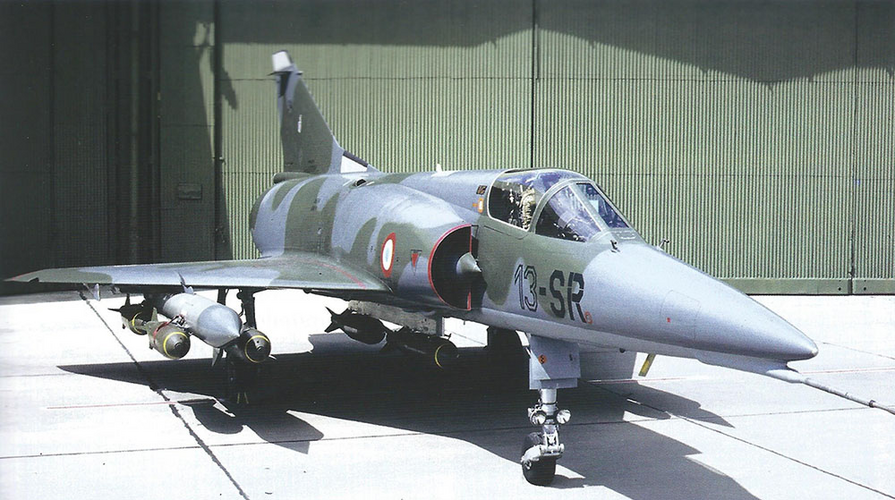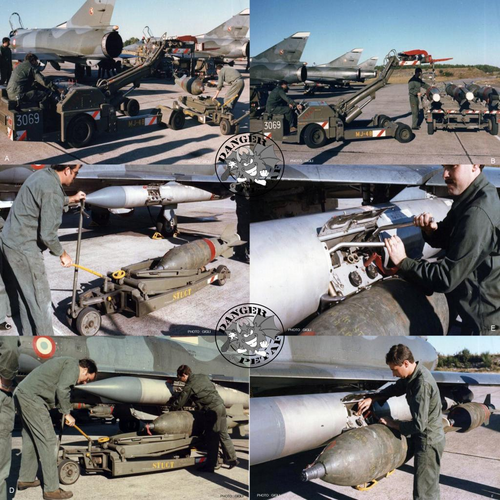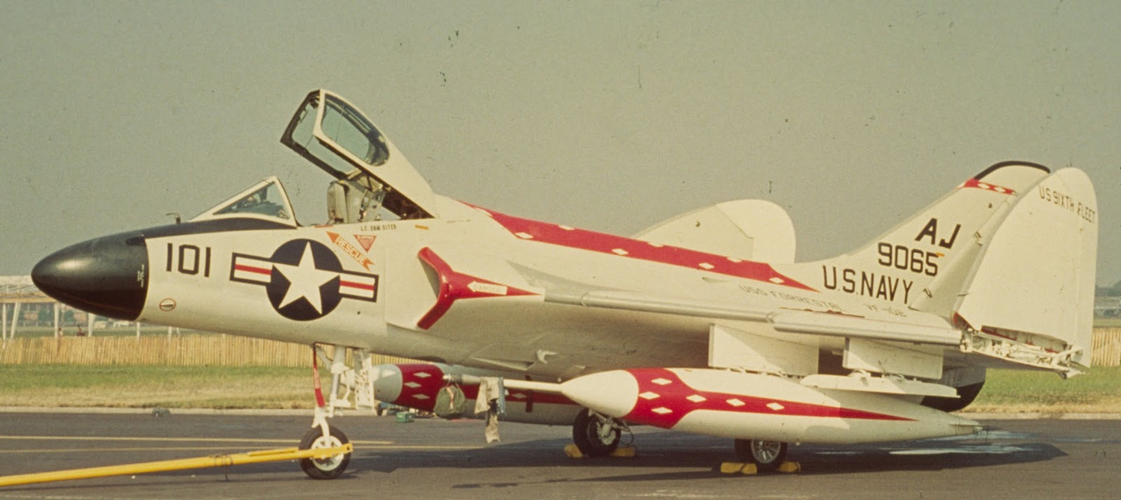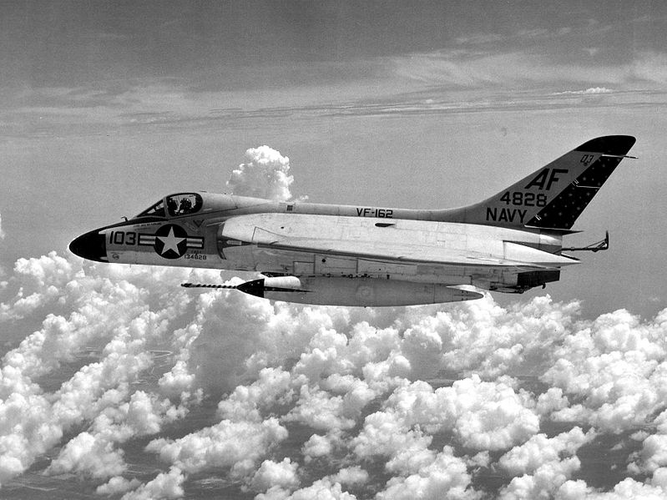(Continued)
2) Forward basing fighters
- As we’ve discussed, Port Stanley airport had 2 major constraints: the 1,200m long runway and limited parking space + exposed weather conditions.
- My estimate is a maximum of 12 combat aircraft could be parked using the grass areas and leaving the main apron space (80x45m) free for resupply flights and other aircraft.
- Another dozen Pucaras could be operated from the secondary airfields at Goose Green and Pebble Island… historically though they didn’t achieve anything so I’ll ignore them
- With such a limited space available it makes sense to operate the most effective combat aircraft possible from there. I don’t buy that lightly-armed, slow MB-326s were the solution… I’d want a real fighter bomber
- The main missions would be both CAP/interception to challenge Sea Harriers in the air and also anti-shipping to force the RN task force to stand-off from the islands
- Deltas like the Mirage IIIs and Daggers are out of the question due to their high takeoff and landing speeds
- A naval aircraft by design should be suitable for short runways and also the very wet weather… that leaves Skyhawks and Etendards.
- Argentine Skyhawks had a take-off run of ~800-900m lightly loaded (18,500lbs TO weight with 2,000lb external fuel/stores). So take-off should not be a problem. Their approach speed was also low (122 knots), however they didn’t have a brake parachute (unlike some other foreign Skyhawks) so landing distance would be too great. If a chute could be fitted they could operate from Port Stanley, but their effectiveness would still be limited by the lack of radar and an anti-ship missile
- Etendards/Super Etendards had a take-off run of ~900-1,000m depending on the load configuration (the Super Etendard had more power and more lift than the Etd IVM but this was offset by being 400kg heavier and the heavier Exocet payload). The COAN assessed that take-offs were possible with no safety margins. Approach speeds were a little higher than the Skyhawk (125-130kts), but both had a brake chute which reduced the runway length requirement to 900m (from threshold to full stop). The COAN assessed that landings would be possible in dry conditions, but were worried about bringing back a heavy Exocet in wet conditions… ultimately the Super Etendard was too precious to risk.
- This brings me to the surplus Etendard IVM option. They would have been able to operate from Port Stanley with 1 or 2 AS-30 missiles (or 2 Magics/Sidewinders in air-to-air mode), and land lightly loaded even in wet conditions (unlike an Exocet-carrying Super Etendard). Ideally 15-18 Etd IVMs would have been transferred to Argentina around 1979-81. Even with high expected losses they could should have achieved some success against Sea Harriers and RN escorts, drawing out the conflict or delaying the landings by weeks (especially if combined with land-based AS-30 strikes from Canberras or Daggers)
- Alternatively one might look at operating Mirage F1s or Jaguars from Port Stanley but not sure Argentina had the money to buy yet another type?
Master HK, MB-326 is the weakest, but in an alternate reality, it would be the most likely.
In an exercise like this, it becomes difficult to choose a game changer. The A-4 could have implemented the RAT, but they didn't, they could have enlarged the island, but they didn't... it's much more a question of the butterfly effect in history, in which small changes can drastically change the course.
The Argentinian did not lengthen the runway and did not even show the desire to lengthen it, because even though she had not prepared beforehand, she absolutely did not want to risk her air power over the islands. she needed these fighters on the mainland because she was afraid of an eventual Chilean reaction (Chileans had almost been invaded 4 years before). Argentines were afraid to bet all their cards on the islands and lose their power completely. It seems paradoxical, but that was it. So implementing a game changer on islands would be unlikely in this context. Let's remember that planes were destroyed in air combat, but also planes destroyed on land (accidents and attacks by British special forces at the Pebble Island base and destroyed more than 11 aircraft). In other words, whatever is implemented there, it must have incorporated this thought of a expendable resource and a resource capable of being replaced quickly...Pucaras were not replaced because the air war was already dominated....it was not worth it. ...so which game could be employed there and in a risky way, and could be replaced? I don't see game changer fighters for this, if even A-4 wanted to implement it.....New Super Etandards would be considered very precious and still, they would operate from the mainland....
As for the MB-326......in the right measure....expendable, in quantity and capable of carrying out attacks on the fleet...believe me, if you take each of the missions, read the course, you will see that he could be there and do the same...in success and failure, but with better chances due to autonomy from the islands and an absurdly longer flight time in the operational theater, it would not change the alternative reality about the number of A- 4, nor Mirages, nor daggers, because he would enter this alternative reality only in the place of the Pucaras... the A-4 / Mirages / daggers would do their missions with the same results as it happened, but you add in this scenario exactly everything that Pucara should have done it or he wasn't capable of doing it....
Argentina didn't have the budget for more game changer fighters, not even missiles it had....and the political alignments of the defense industry? Buy from Russian, Chinese, Slavs? well, but if instead of Pucarás, they had massified the MB-326, with Italians, Brazilians, South Africans, Australians or even local assembly as so many have done precisely because it is simple, cheap and versatile .... well .... one detail....a butterfly effect that a simple wing flapping changes history....
But there is another point too, the continuous argentinian air attacks that lead after lead leaked the defenses, really turn on a red light on the Harriers+Carrier package....was it really just a matter of quantity? Or were there operational problems on the Aircraft Carriers?...strange...maybe even from here when secrets are revealed, would they have actually been targeted and hence presented a momentary operational loss?











